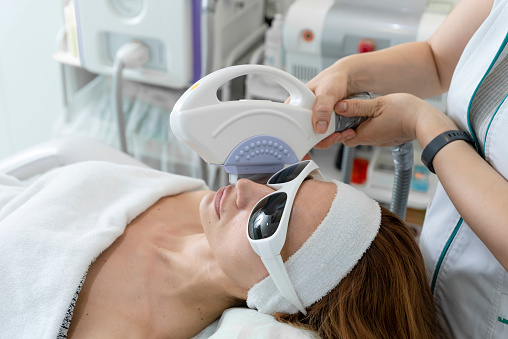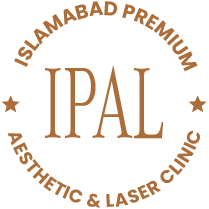- HOME
- ABOUT
- FACE SCULPTING
- SKIN
- BODY
- FACE
- EQUIPMENT
- POST PROCEDURE
- CONTACT US
- HOME
- ABOUT
- FACE SCULPTING
- SKIN
- BODY
- FACE
- EQUIPMENT
- POST PROCEDURE
- CONTACT US
Pulsed dye laser
Pulse dye laser
If you want to improve your skin’s health and beauty, look no further than IPAL Clinic, where the experts are at the forefront of pioneering cutting-edge technologies and treatments that aren’t yet widely available.
Pulsed Dye Laser (PDL) treatment is a type of laser therapy that focuses a narrow beam of light on the skin’s capillaries. The blood vessel is destroyed by the light’s heat, while the surrounding skin is unharmed. Lasers emitting yellow light, which is far less harmful, are used for this purpose.

What is a pulsed dye laser used for?
Skin lesions with blood vessels can be treated effectively using a pulsed dye laser. Rosacea, face redness, port wine stains, hemangiomas, hypertrophic scars, keloids, and telangiectasis are just some of the skin issues that can be helped with pulsed dye laser treatment. Our Dermatologic Surgery team is comprised of highly trained medical professionals who are well-versed in the use of cutting-edge pulsed dye laser equipment.
PDL is also widely used for the treatment of nonvascular diseases such as plane warts, angiofibroma (tuberous sclerosis), and pyogenic granulomas.
People with lighter skin tones (Fitzpatrick types I-III) have shown the most improvement from PDL treatment for these problems.

How Does It Work?
PDL treatments are often quick and can be done during an outpatient clinic visit. Since the equipment sprays a chilly mist shortly before the laser pulse, the pain is significantly lessened without the use of an anesthetic. One to three sessions are typically sufficient for most patients.
In some cases, patients with port wine stains, hemangiomas, or severe rosacea may require further procedures. Treating red scars, hypertrophic scars, or keloids might take anywhere from one to several sessions. It is possible to have a partial response to treatment or have the condition return after completion.

